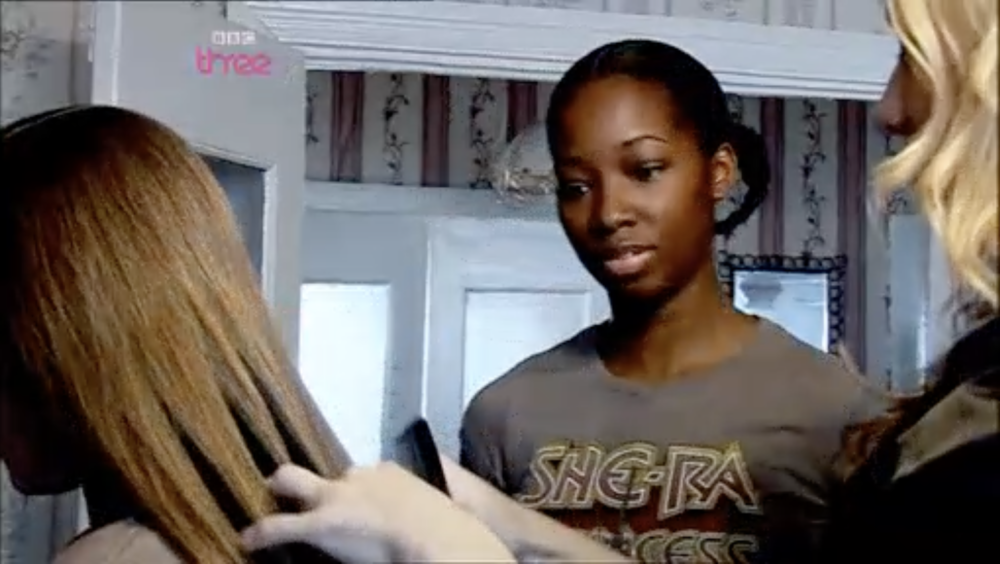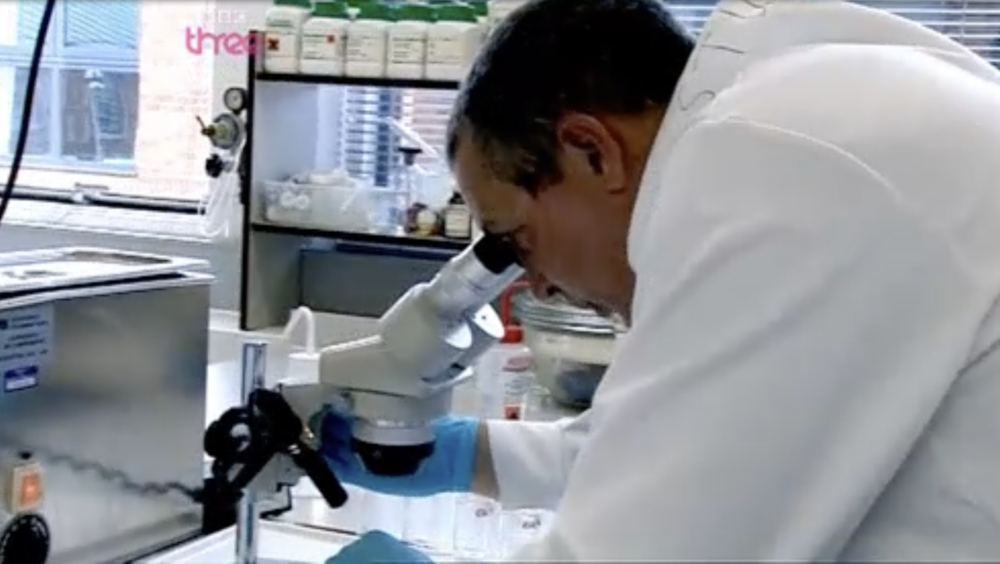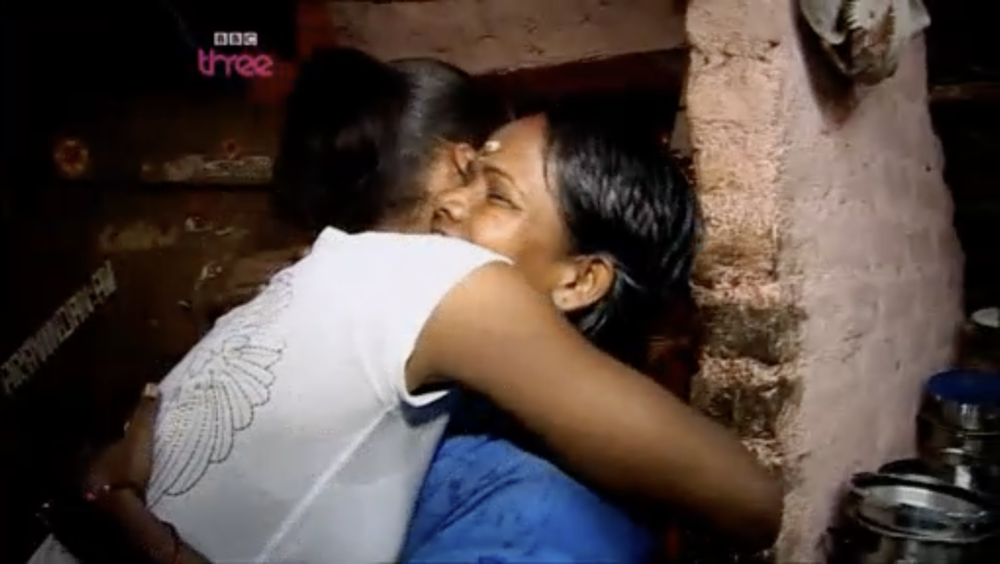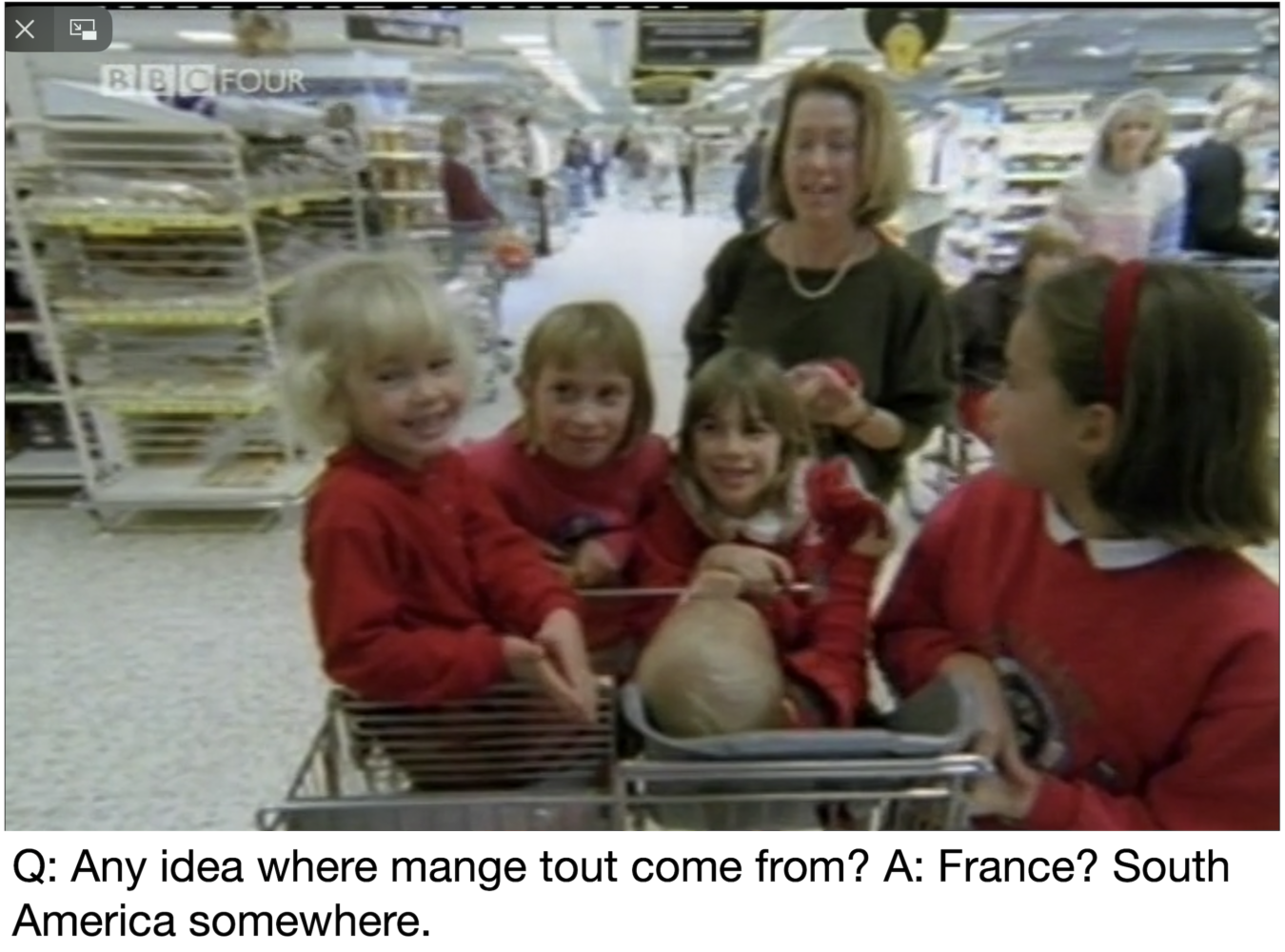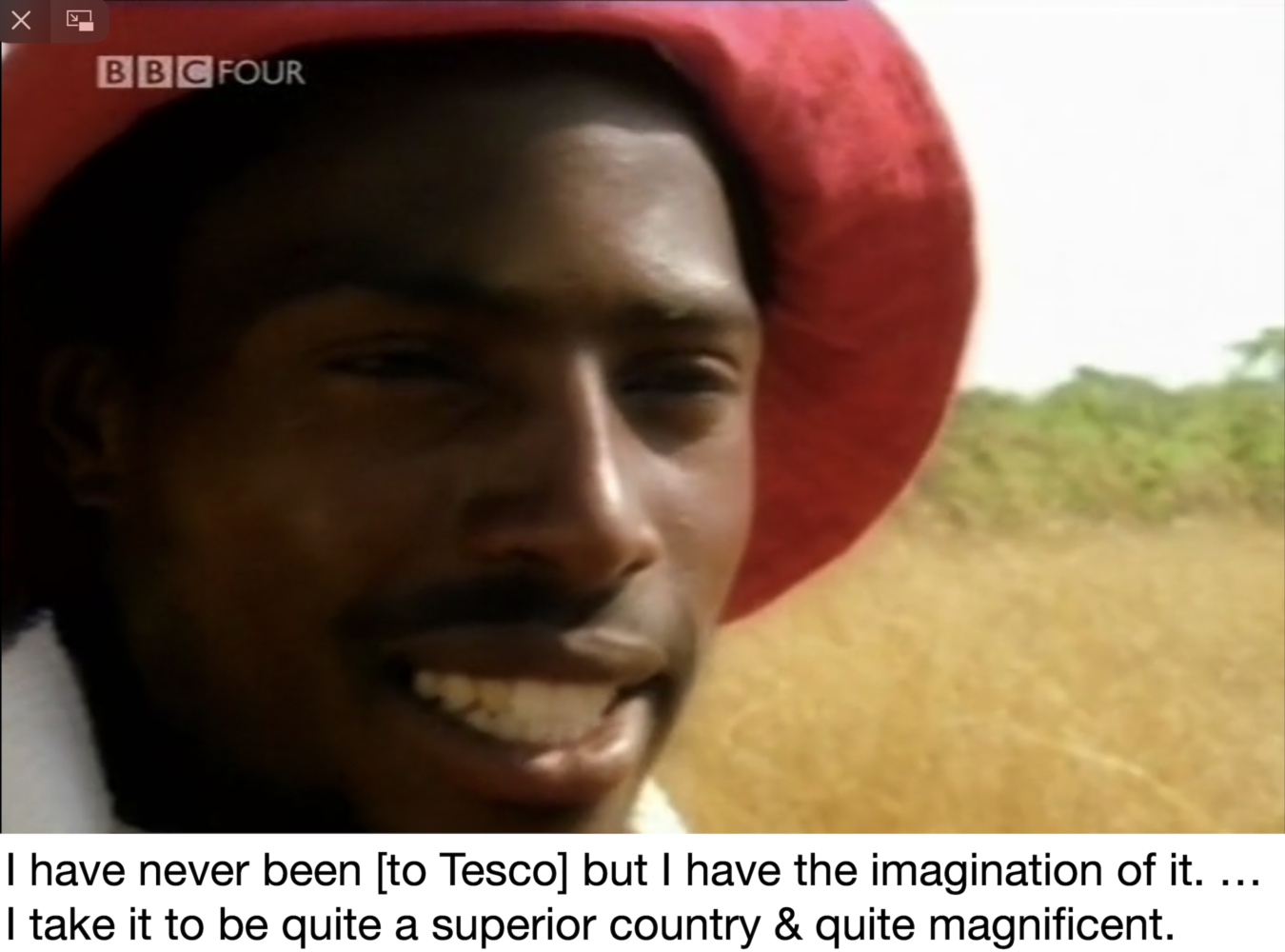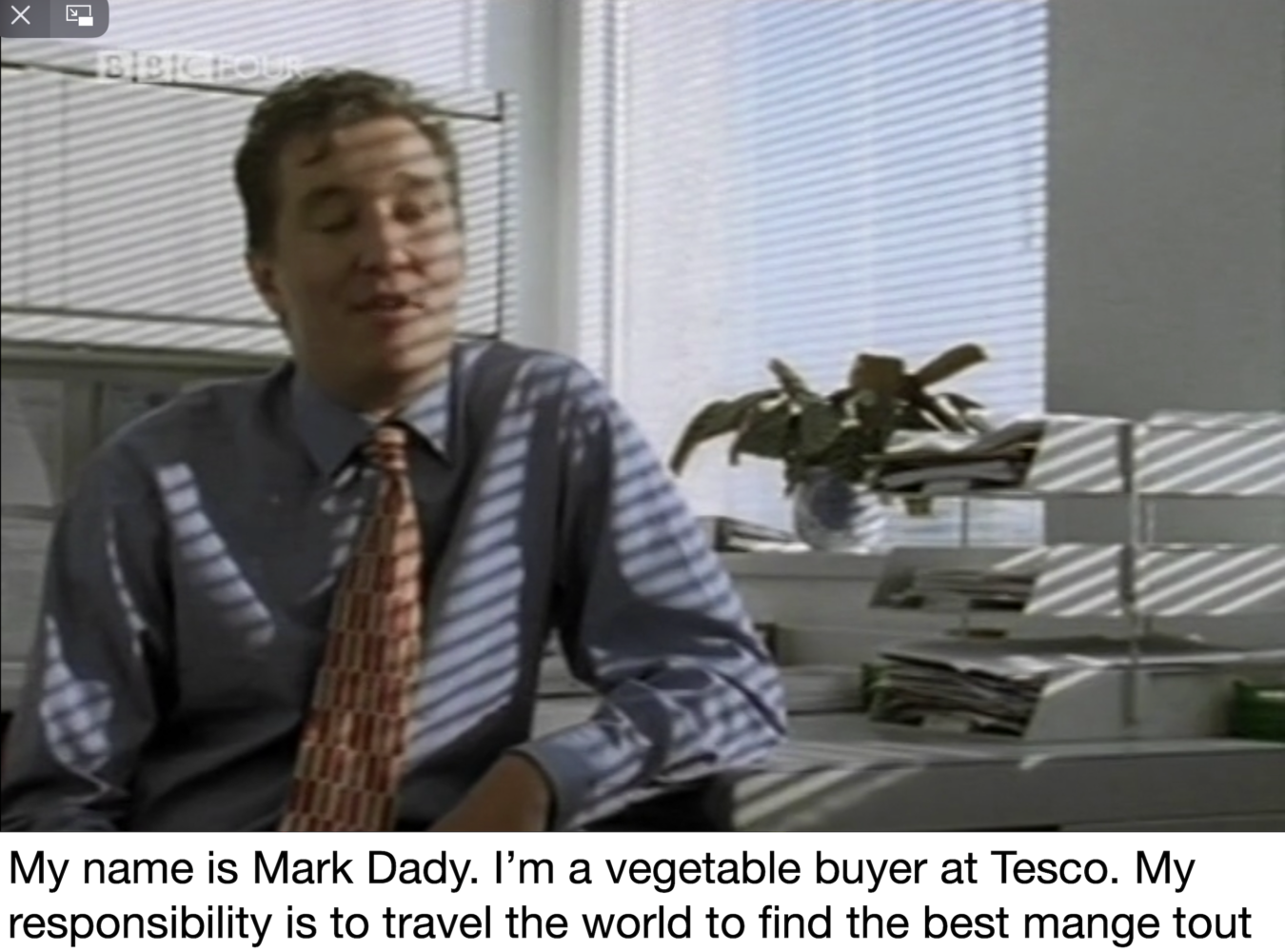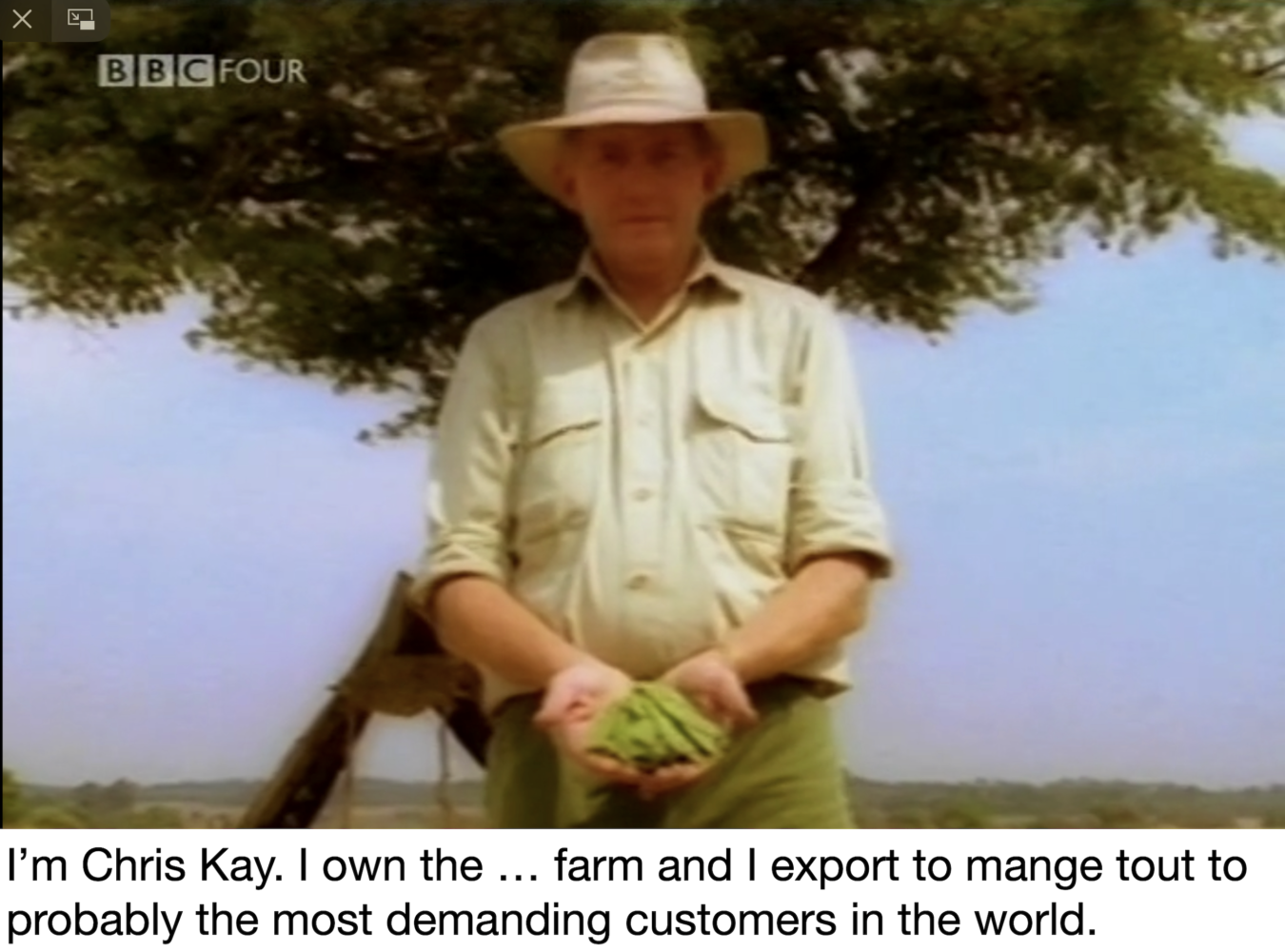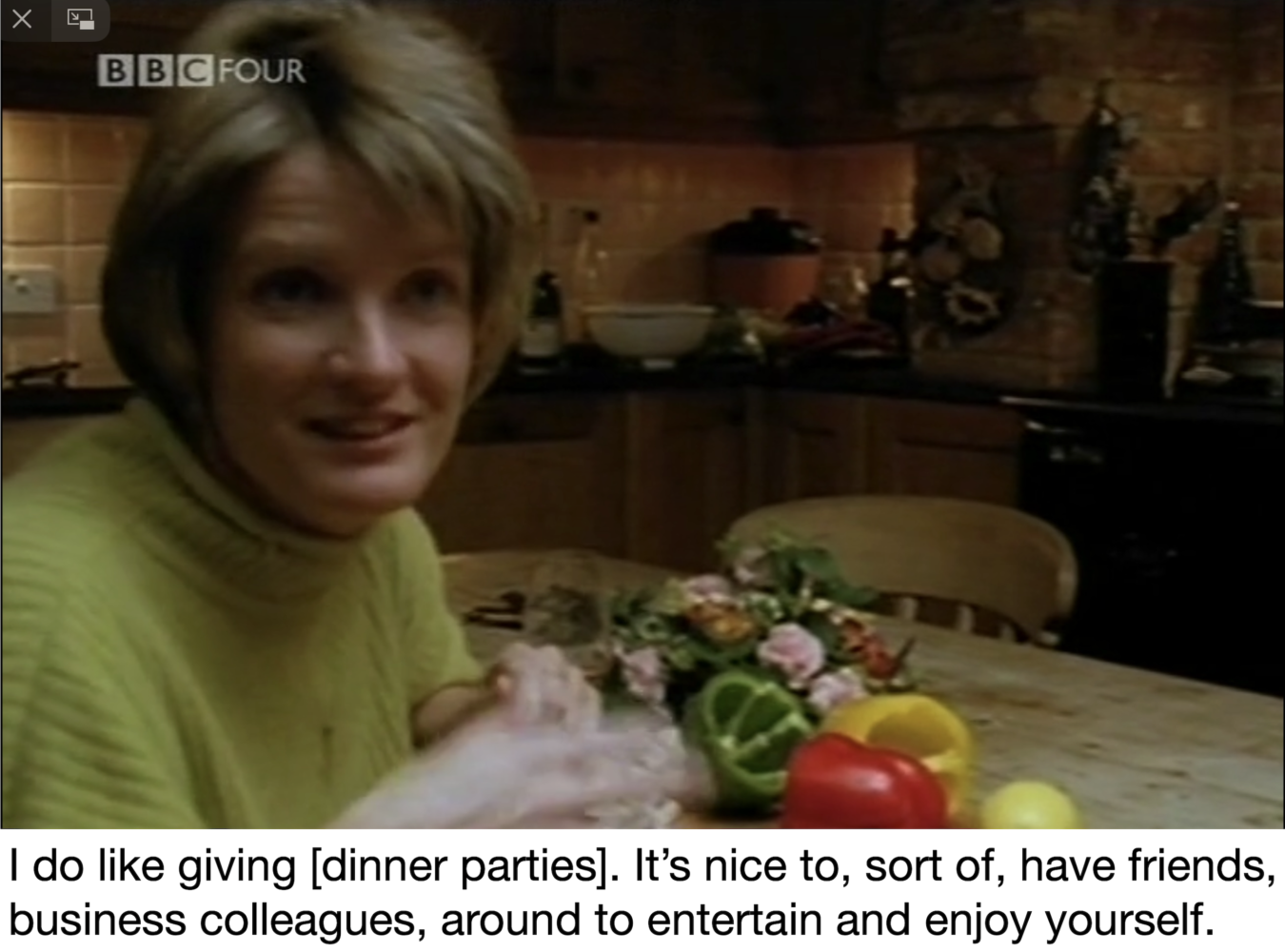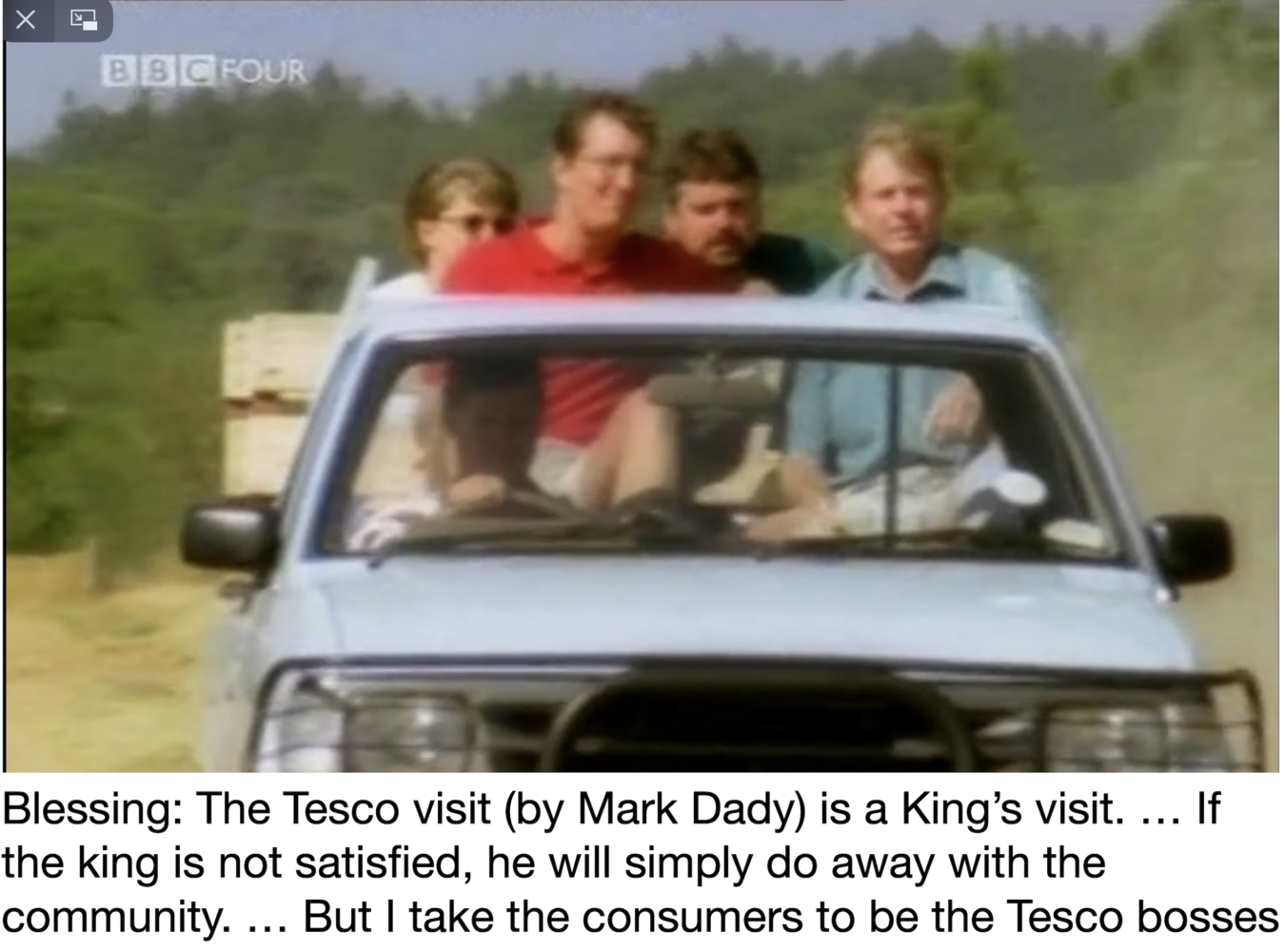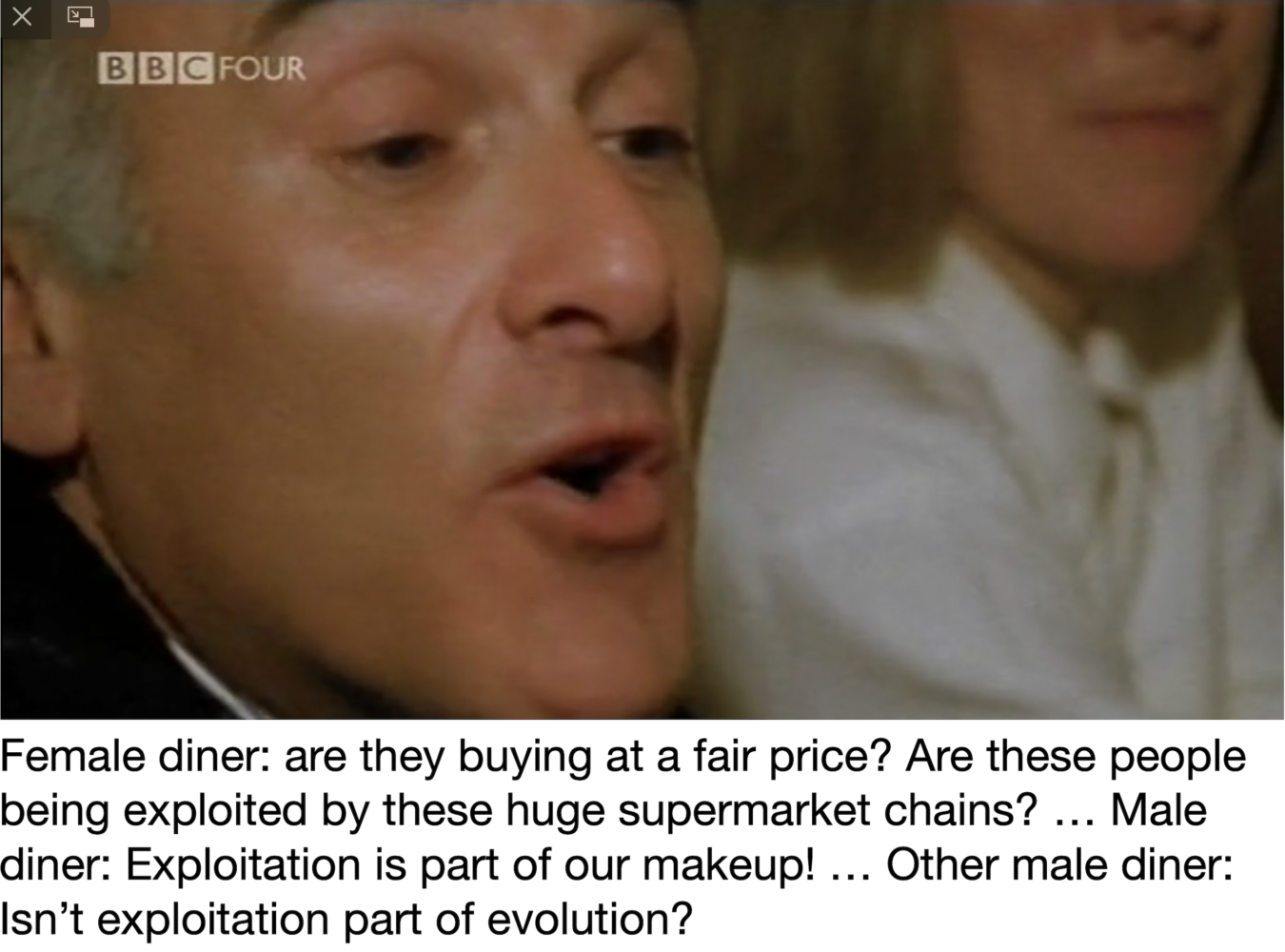

followthethings.com
Money & Finance
“£20 Banknote“
Undergraduate coursework written by Oli Busk.
The students’ first task in the ‘Geographies of Material Culture’ module at the University of Exeter is to make a personal connection between their lives and the lives of others elsewhere in the world who made the things they buy. These are the people who help you to be you, followthethings.com CEO Ian tells them. So choose a commodity that matters to you, that’s an important part of your identity, that you couldn’t do without. Think about its component parts, its materials, and the properties they give to that commodity and your experience of ‘consuming it’. And write a 500 word first person account that connects your lives. One student – Oli Busk – has just got a £100 parking fine. He goes to the ATM to withdraw some cash, and then starts to think about what money is made from, its materials, its manufacture. Sure, there’s ways that it can be invested ethically and sustainability, but what about how its paper form is produced. The Royal Mint – which manufactures physical cash for the Bank of England – doesn’t say much about what it procures to make that cash. That would probably make it easier to make counterfeit money. So he indulges in some educated guesswork. There’s cotton in those notes, sooo … whose lives – apart from Queen Elizabeth – are in them? To his surprise, the hidden labour he finds is undertaken by students like him. And children.
Page reference: Oli Busk (2009) £20 Banknote. followthethings.com/£20-banknote.shtml (last accessed <insert date here>)
Estimated reading time: 8 minutes.
Continue reading £20 Banknote ![]()






